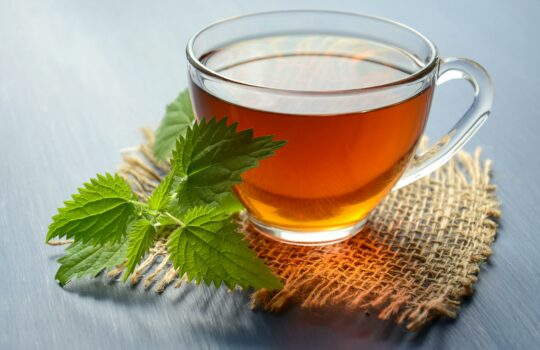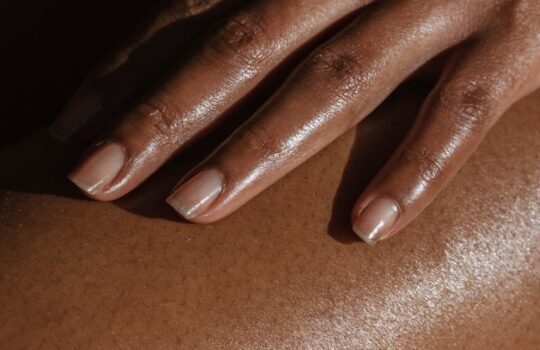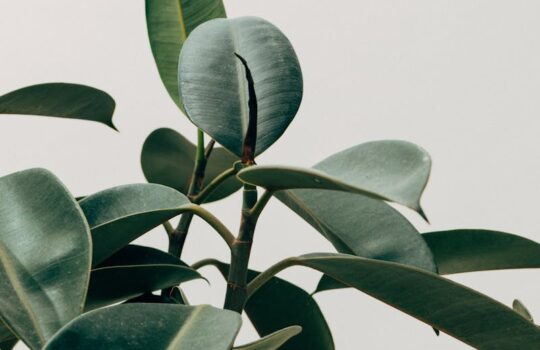Why does skin become dry?
Dry skin is a specific skin type that is thought to be genetically predetermined. In this skin type, there are changes in the stratum corneum (the horny outer layer of the skin). At a chemical level, there is a reduction in the amount of sebaceous (oil-producing) glands and therefore a reduction in the lipids composition/oils. There is also a reduction in the turnover of skin cells called keratinocytes, resulting in reduced water holding capacity. Functionally, there is an increased permeability so there is higher trans-epidermal water loss (TEWL) and increased absorption of noxious substances (i.e impaired barrier so skin isn’t doing what it is supposed to do).
What’s the difference between dry and dehydrated skin?
Although often used interchangeably, dry and dehydrated skin are two different things. If dry skin is a skin type, dehydrated skin is a skin condition. Dry skin lacks oil – due to the reduction in oil-producing glands, whereas dehydrated skin is a condition where the stratum corneum lacks water. Dry skin characteristically looks red, flaky with dry patches and can feel itchy, stingy and painful. Dehydrated skin looks dull and is tight and rough.
What are the best ingredients to look out for if you have dry skin?
- Ceramides (lipids/a type of fatty acid naturally found in the skin) help restore the skins natural barrier and increase hydration.
- Other skin replenishing ingredients for dry skin are triglycerides and fatty acids such as linoleum acid
- Humectants such as glycerin and hyaluronic acid draw water in to the skin.
- Plant oils, jojoba and shea butter are emollients that prevent moisture loss and are great for dry skin types. Dimethicone, a silicone is another great emollient
- Use a cream or ointment rather than a lotion as they are less irritating
- Antioxidants – many have anti-inflammatory properties
What about acids? Are they suitable for dry skin and if so, what ones should you look out for?
- Hyaluronic acid – although not thought of as part of the acid (AHA/BHAs) group, HA is important for hydration. It draws water in like a sponge
- AHA’s are exfoliants that also have hydrating properties. Look out for Lactic acid; it is derived from milk and has skin hydrating properties while it gently exfoliates. It is the AHA of choice for dry skin types
- Other AHAs such as glycolic acid have a more powerful exfoliating action than lactic acid and can be quite intense and drying on skin. If new to chemical exfoliation always patch test first and discontinue if sensitivity
- Avoid BHA’s (salicylic acid) – they are more suitable for oily skin types and can be too harsh and lead to irritation in dry skin types







